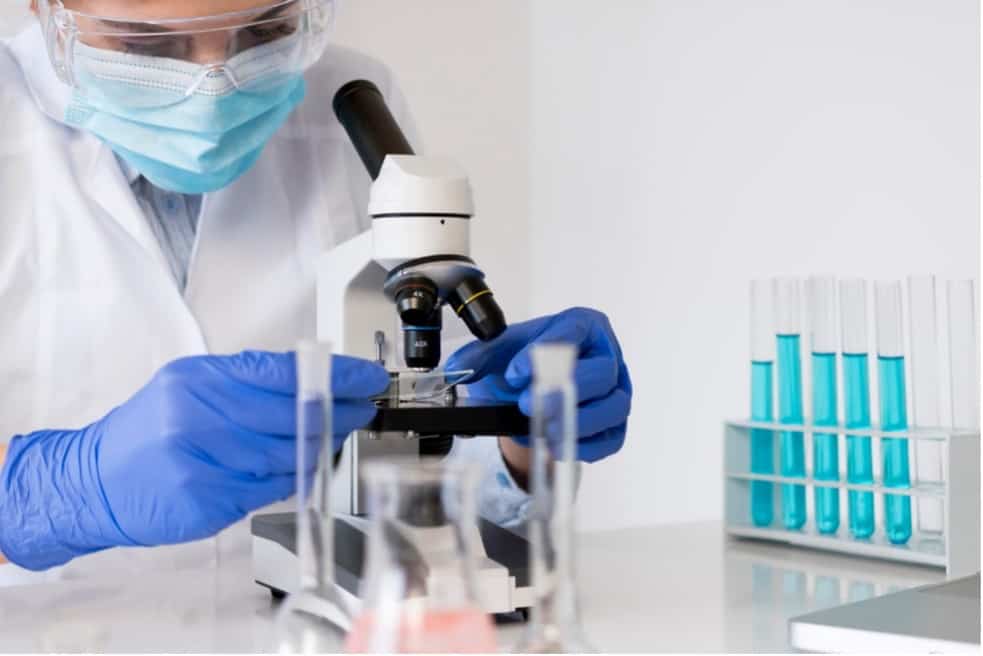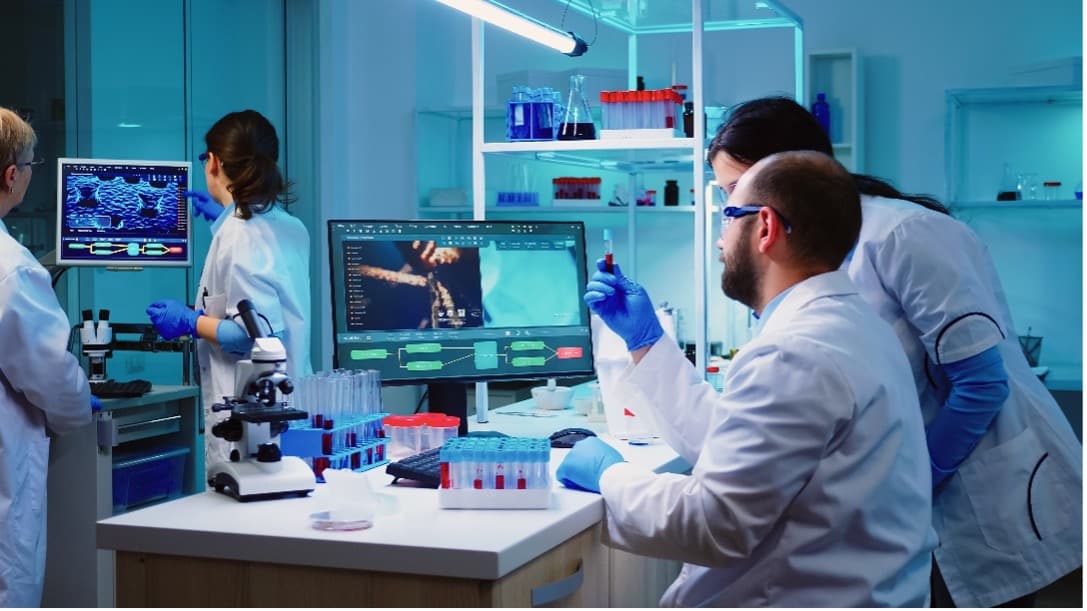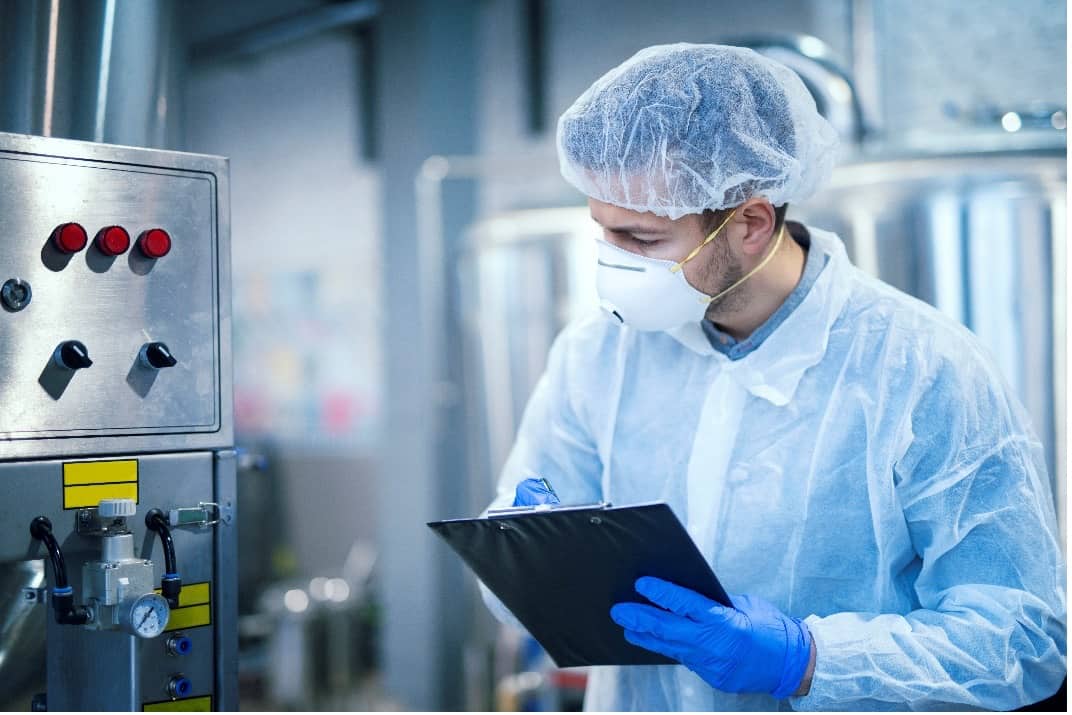Experiments must be conducted in controlled environments. The results of an experiment can only be reliable and acceptable by the scientific community if the laboratory meets certain criteria and accreditation. Safety of experimenters and researchers in the laboratory is one of them. The aspects of safety in the laboratory can be categorized as, biological and chemical safety.

Biological safety is related to the living material used in the laboratory. Living material could be in the form of tissue, cell culture, or bacterial stock. When handling these materials, personal protective equipment such as gloves, laboratory coats, masks, goggles should be worn to prevent any contamination to the samples and to the experimenter. If the samples are infected with a virus, the experimenter could be infected if proper PPE is not worn. Virtual biology laboratories and lab simulation can be used to prevent these risks, as well as train experimenters, technicians, and researchers on specific laboratory practices.

Chemical safety is related to the chemicals, which could be acids, bases, drugs, carcinogenic or radioactive. Wearing PPE, using proper glassware and labels on containers, always handling volatile or harmful chemicals inside a fume hood, discarding chemicals in a liquid waste container, not eating/drinking inside the laboratory, wearing clothes that cover your skin and avoiding open-toed shoes as well as high-heels are examples of precautions that could be taken to prevent/minimize any harm from chemicals.

With VRLab Academy, students can perform experiments without the risk of contamination, infection, chemical spills, breaking glass, or radioactivity from the safety of their home. Our experiments can be used to teach laboratory safety, as well as practice before conducting the experiment in a real-life science laboratory. This way, students can learn how to handle laboratory equipment and the possible risks of chemicals they will use. VRLab Academy provides interactive laboratories based on different courses that enable students to learn theoretical concepts by visualizing them and creating experiences, without the restrictions of wet laboratories.
Take a look at all experiments at VRLab Academy and enhance your teaching power with us.
References:
Environmental Health and Safety. Lab Safety Guide. (n.d.). Retrieved February 15, 2022, from https://ehs.stonybrook.edu/programs/laboratory-safety/lab-safety-guide
Huang C. (2004). Virtual labs: E-learning for tomorrow. PLoS biology, 2(6), e157. https://doi.org/10.1371/journal.pbio.0020157
Scheckler RK. Virtual labs: a substitute for traditional labs? Int J Dev Biol. 2003;47(2-3):231-6. PMID: 12705675.